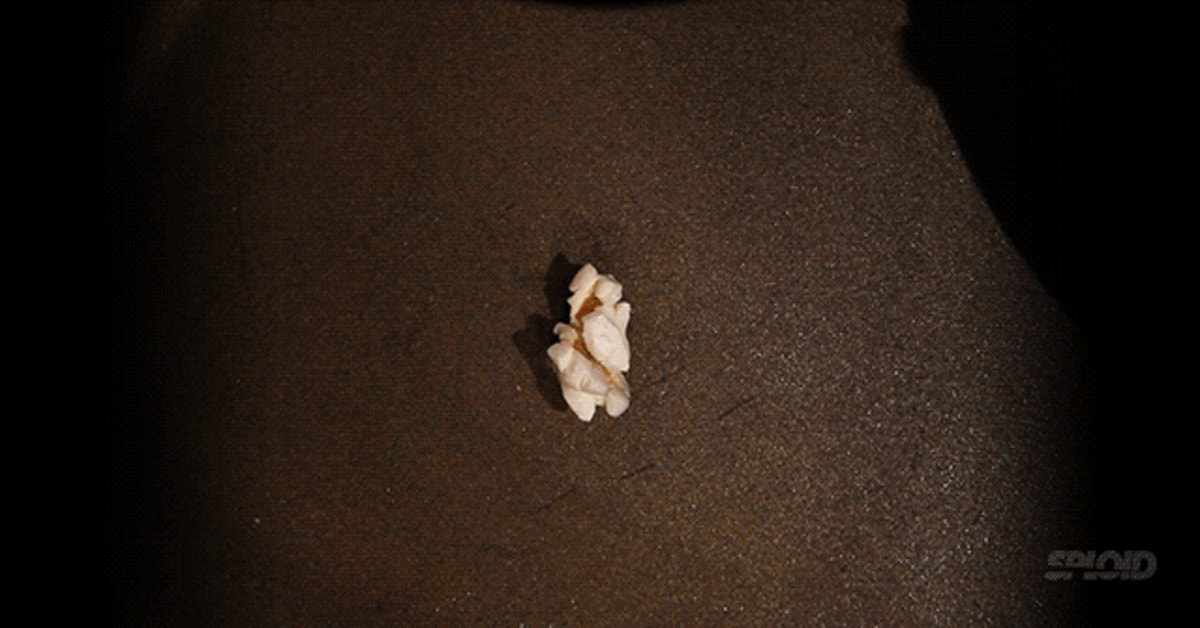

Indentata Sturt (dent), indurate Sturt (flint), amylacea Sturt (flour), Grown specifically for human consumption include Zea mays var. Hundreds of maize cultivars exist, varieties that are commercially Per year in nearly 100 countries within 40◦ S to 58◦ N latitudeĪnd all longitudes (Brown and others 19). Today maize is grown on 156 million hectares Highest yields are typicallyįound in areas where corn takes 130 to 140 d to mature (BensonĪnd Pearce 1987). To 300 g per 1000 kernels), spatiality (12 to 16 kernels per row),Īnd nutrient composition (FAO 1992). Kernels can vary in color (for example, white, yellow, orange, red,Īnd black), quantity (300 to 1000 kernels per ear), weight (190 Depending on environmental, cultural, and genetic parameters, maize

The edible grains harvested for consumption and processing. In shape and mature within protective green husks where numerous tiny flowers evolve into rows of kernels along a rachis (cob)Īfter reproduction (Kiesselbach 1949).

Characterizedīy an erect green stalk, maize reproduces via monoecious crosspollination of male (tassel) and female (ear) organs. Grass family (Gramineae) (Brown and others 1985). Related to biofortified maize are currently underway to determine nutrient absorption and efficacy related to humanĪlthough the exact origin of maize is unclear, most expertsĪgree that it emerged in Mesoamerica before 5000 BC from t he Multivitamin maize varieties, have been created using novel genetic and agronomic approaches. Recent accomplishments, such as low-phytate, high-lysine, and Solution for chronically undernourished communities. Although exogenous fortification, such as addition of multivitamin premixes to maize flour, hasīeen successful, endogenous fortification, also known as “biofortification,” may provide a more sustainable and practical The 2 most common routes to enhance grain nutritional value are exogenous andĮndogenous fortification. Strategies to further improve kernel macronutrient and micronutrient quality and quantitiesĪre under intense investigation. Population, namely in sub-Saharan Africa, Southeast Asia, and Latin America, humans subsist on maize as a staple foodīut malnutrition pervades. Cooking procedures, including nixtamalization and fermentation, can increaseĪccessibility of micronutrients such as niacin. The nutritional quality and integrity of maize kernels are influenced by many factors including genetic background,Įnvironment, and kernel processing. This reason, and others, maize has become highly integrated into global agriculture, human diet, and cultural traditions. Of these kernel constituents, including starch, protein, and some micronutrients, are also required for human health. Its kernels, like other seeds, are storage organs that contain essential components for plant growth and reproduction. I popped the corn in the air popper until the last kernels stopped popping, which took an average of six minutes per batch.Abstract: The maize plant (Zea mays), characterized by an erect green stalk, is one of the 3 great grain crops of the world. Once the kernels pop, their increased surface area allows them to be easily blown through a chute by the air.


 0 kommentar(er)
0 kommentar(er)
